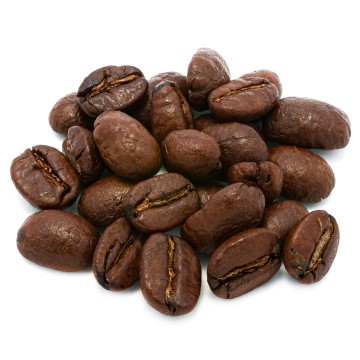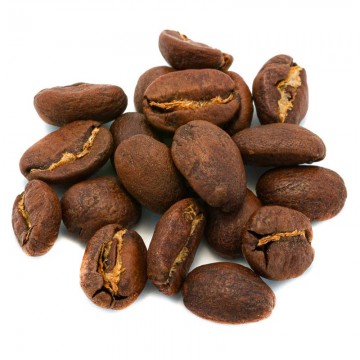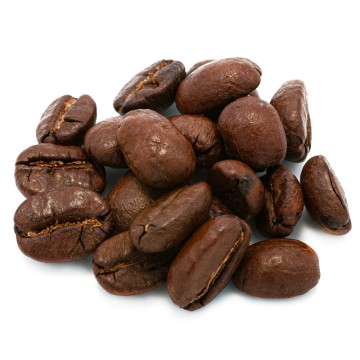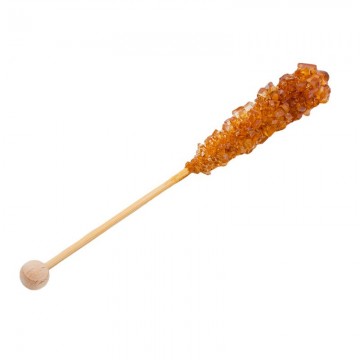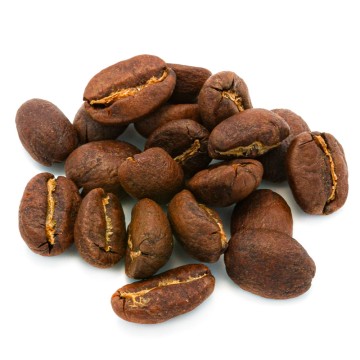In Indonesia, coffee cultivation combines quantity and quality, in fact the country is one of the largest producers in the world and in the large quantities we also find very fine coffees.
History of coffee production in Indonesia
In the history of Indonesian coffee growing there is a date that acts as a watershed and explains why to date 90% of production is made up of robusta, that date is 1876 , the year in which a devastating epidemic of coffee rust, a disease caused by the Hemileia famatrix fungus and known in South American countries simply as roya, brought farmers to their knees by wiping out almost all of the plantations. Farmers responded by planting robusta (Coffea canephora) which is not nearly as immune to the fungus as some think, but certainly offers greater resistance than the delicate Coffea arabica. Previously Indonesia had produced almost exclusively arabica and had exported it since the early 1700s under the control of the Dutch East India Company. In recent decades, driven by the market, Indonesians have gradually reintroduced arabica, but production still sees 90% robusta versus 10% arabica. However, these are enormous volumes, in 2018 Indonesia was the fourth largest producer in the world with an impressive 660,000 tonnes. The Indonesian state is an archipelago that contains more than seventeen thousand islands, many are very small, the five largest islands are: Java, Sumatra, part of the island of Borneo (shared with a part belonging to Malaysia and Brunei), part of New Guinea and Sulawesi. As far as coffee production is concerned, the three islands of interest are Sumatra. Java and Sulawesi. On the hills in the south and south-west of the island of Sulawesi at altitudes between 1100 and 1500 meters, most arabica is grown. In Sumatra all coffee is processed with a particular semi-washed method (also used in other islands, but in Sumatra all coffee is processed this way) which here is called Giling Basah and which gives the beans a bluish colour. On the island of Java, arabica is grown only in the highest areas (between 1400 and 1800) meters but the vast majority of production is robusta.
Quality of Indonesian coffee
Speaking of Indonesian coffee we cannot fail to mention Kopi luwak, it is a coffee whose processing method consists in recovering the beans only partially digested by a small animal, the palm civet. In essence, the animal's digestive system eliminates only the external layer of the grain and this reduces its acidity and bitterness, but it must be remembered that this product is highly contested for ethical reasons because the animals are often kept in shameful conditions. The fact that only 10% of Indonesian production is made up of arabica does not mean that quality coffee must be sought only within this category, in fact it is true that robusta (which, let us remember, is obtained from a different species of plant) is less valuable and in general gives rise to stronger, more acidic and more bitter coffees but as we will never tire of remembering the flavor of the coffee is also due to the environmental conditions and those of Indonesia are ideal, there are the hills, the proximity to the the equator, the monsoon winds which in the natural manufacturing process give it a particular character. As regards the production of arabica, the most cultivated variety in Sulawesi is the S795 which is related to the Typica and also crossed with a different plant species of the Coffea genus called Coffea Liberica, this is not surprising given that the S795 is one of the first variety of arabica obtained which shows good resistance to roya and we have seen what a trauma Indonesian coffee cultivation suffered from that deadly fungus.



 No reward points for this product.
No reward points for this product.

